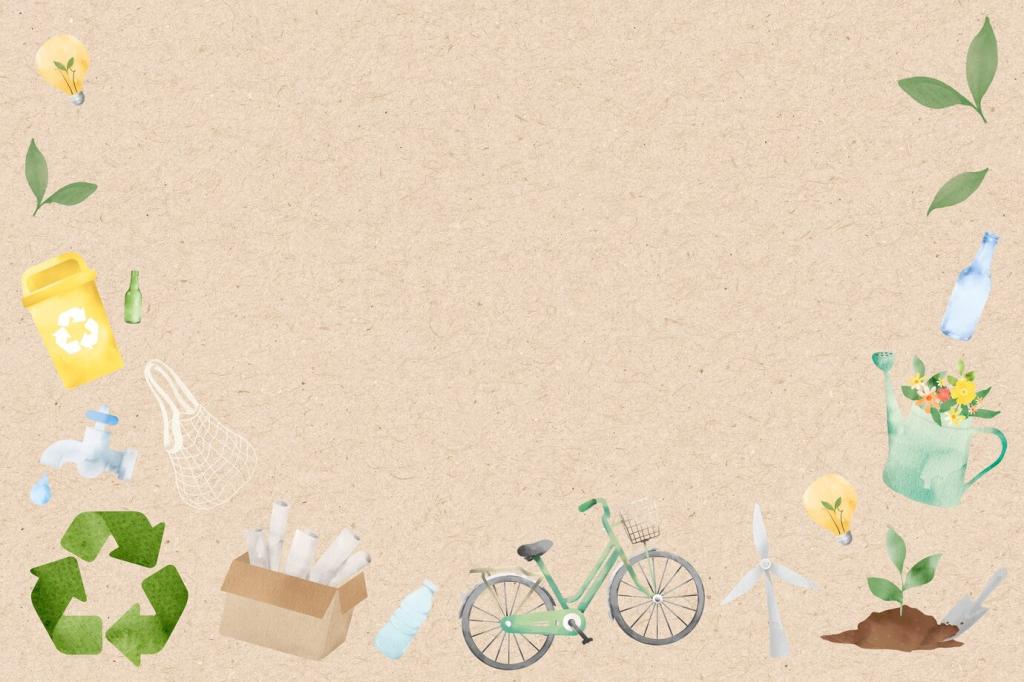
Reducing Waste with Compostable Packaging Solutions
Compostable packaging solutions are rapidly emerging as a key strategy in reducing environmental waste and creating a more sustainable future. As consumers and businesses become increasingly aware of the ecological impact of traditional packaging, there is a growing shift towards materials that not only minimize waste but also return nutrients to the earth. Compostable alternatives signify a transformative approach in packaging design, offering the potential to close the loop on resource use and significantly decrease landfill contributions.
Understanding Compostable Packaging
What Makes Packaging Compostable
To be considered compostable, packaging must meet specific criteria set by international standards. This means breaking down within a defined time frame under industrial composting conditions, leaving behind water, carbon dioxide, inorganic compounds, and biomass. The certification process ensures that products are truly compostable and will not negatively impact soil health. Materials commonly used in compostable packaging include plant-based polymers, starch blends, and certain types of paper and fiber. These substances are selected for their ability to decompose without generating harmful residues, making them a preferred choice for reducing the overall environmental footprint of packaging waste.
Compostable vs. Biodegradable: Key Differences
It’s important to distinguish between compostable and biodegradable packaging, as these terms are often confused. Biodegradable packaging merely requires that the material break down via natural processes but does not specify the time frame or the completeness of decomposition. In contrast, compostable packaging must break down within a few months under specific composting conditions and must leave no toxic materials behind. Consumers and businesses should look for certifications such as ASTM D6400 or EN 13432 to ensure authentic compostable performance. Clarity on these terms fosters informed choices and prevents greenwashing, contributing to more effective waste reduction.
Environmental Drivers for Compostable Packaging
The push for compostable packaging is primarily fueled by mounting concerns over plastic pollution and the limits of recycling infrastructure. Landfills are overflowing with single-use packaging that does not degrade, polluting landscapes and waterways and threatening wildlife. Compostable materials offer a pragmatic response by enabling waste to be processed alongside organic material, diverting it from landfills and contributing to soil restoration. Governments and corporations are setting ambitious targets to increase compostable packaging adoption, seeing it as essential for reaching zero-waste goals and addressing climate change.

Previous
Next
Overcoming Challenges in Compostable Packaging Adoption
Manufacturing and Material Sourcing Issues
One significant challenge in adopting compostable packaging is the sourcing of sufficient raw materials and the scaling of manufacturing processes to meet demand. Plant-based materials such as PLA (polylactic acid) or cellulose require agricultural resources and careful stewardship to ensure sustainability. Innovations in material science are ongoing to reduce environmental impacts and improve availability, while manufacturers balance cost, performance, and environmental considerations. Maintaining a stable and diverse supply chain is crucial for mainstream adoption and for avoiding unintended ecological pressures.
Consumer Education and Misconceptions
Many consumers remain unclear about how to correctly dispose of compostable packaging, often confusing it with recyclable or biodegradable alternatives. Without proper education, items labeled as compostable may end up in landfills, where they do not break down as intended. Clear labeling and public awareness campaigns are essential to ensure consumers participate correctly in composting programs. Overcoming misconceptions around composting processes, compatibility, and benefits are critical steps in maximizing the positive impact of these solutions on reducing waste.
Infrastructure and Composting Capacity
Adequate composting infrastructure is vital to the success of compostable packaging initiatives. In many regions, industrial composting facilities capable of handling certified compostable packaging are limited or non-existent. Investment in new infrastructure, along with updated collection and sorting systems, is necessary for large-scale implementation. Policymakers and waste management operators must collaborate to expand composting capacity, enabling businesses and consumers to confidently choose compostable options that will be appropriately processed and diverted from landfills.
Join our mailing list
